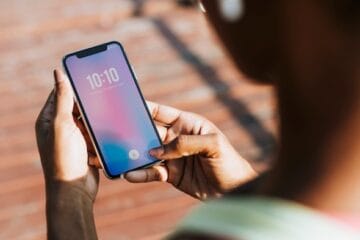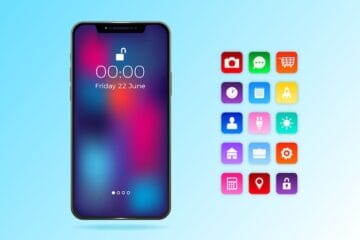And it could happen next year.
Apple’s already removed the headphone jack in the iPhone 7, but are other features coming next?
On Tuesday, the U.S. Patent and Trademark Office (USPTO) awarded Apple with a patent for a technology that would help the company remove an iPhone’s home button and bake the feature—as well as its Touch ID fingerprint sensor—directly into its smartphone’s glass. The patent, which was earlier discovered by CNN, provides for users to scan their fingerprint anywhere on a screen’s surface, making Apple’s existing home button obsolete and thus next on Apple’s hit list. Apple this year removed its iPhone’s headphone jack after saying that port was obsolete as well.
Apple AAPL 0.60% did not immediately respond to a request for comment on the patent.
Rumors have been swirling for months that Apple is planning a major revision to the iPhone’s design in 2017. Those reports say Apple will deliver an all-glass iPhone next year, as well as new display technology. Apple is also rumored to be eyeing a way to remove the Touch ID home button in the existing iPhone with a fingerprint sensor that would reside in the next smartphone’s glass.
The patent award on Tuesday suggests Apple is indeed thinking about making such a move and is working on getting it to an iPhone at some point in the future.
Although the technology would mark a dramatic shift for Apple’s iPhone design, it would be the next logical step for the company. Apple has offered a home button in the iPhone since its launch in 2007 and transitioned to a fingerprint-sensor-equipped button that allows users to securely unlock their device in 2013. Apple stuck with that technology until this year, when its iPhone 7 hit store shelves with a revised home button that can’t be pressed in. Instead, the button has a taptic feedback engine that registers a vibration whenever users engage it.
Get Data Sheet, Fortune’s technology newsletter
The next iteration would seemingly be a fingerprint sensor built directly into the smartphone’s glass. Such a move would create more screen real estate for users to view content and, perhaps most importantly, would deliver that major design upgrade users had hoped to see from the iPhone 7.
That said, sizable leaps in screen and fingerprint-sensing technology aren’t easy to achieve, and it’s possible that while Apple has seemingly been thinking and working on the technology for a long time, it won’t come to fruition anytime soon. Then again, Apple might just be ready to deliver the technology and it might find its way to next year’s iPhone.
For now, Apple isn’t talking about its future plans and likely won’t until next year when it’s expected to unveil its next iPhone.
[Source:-Fortune]



